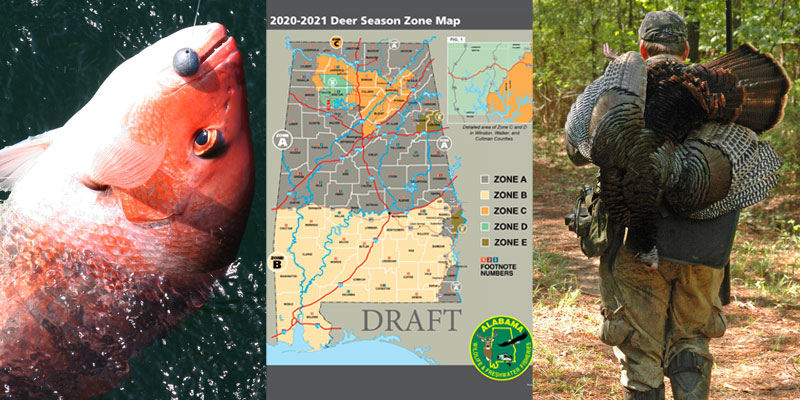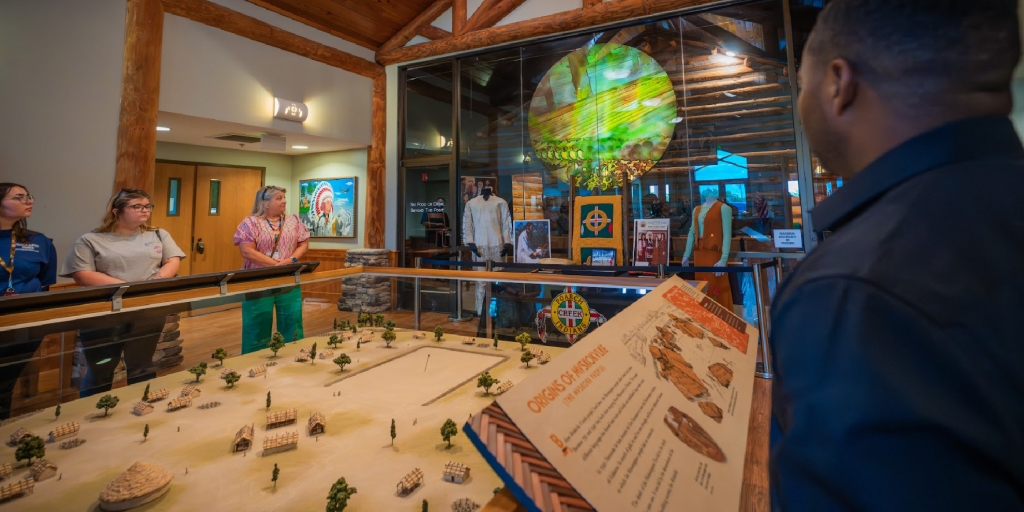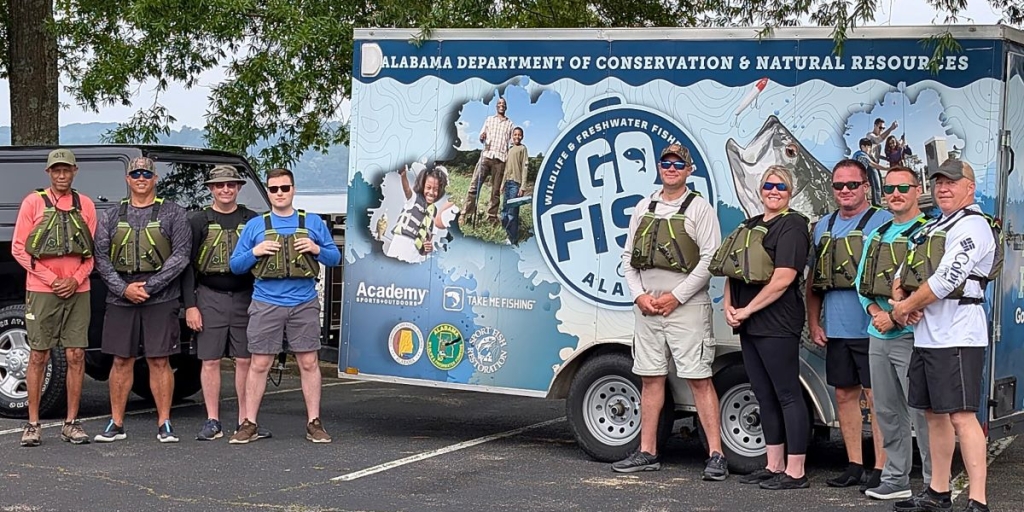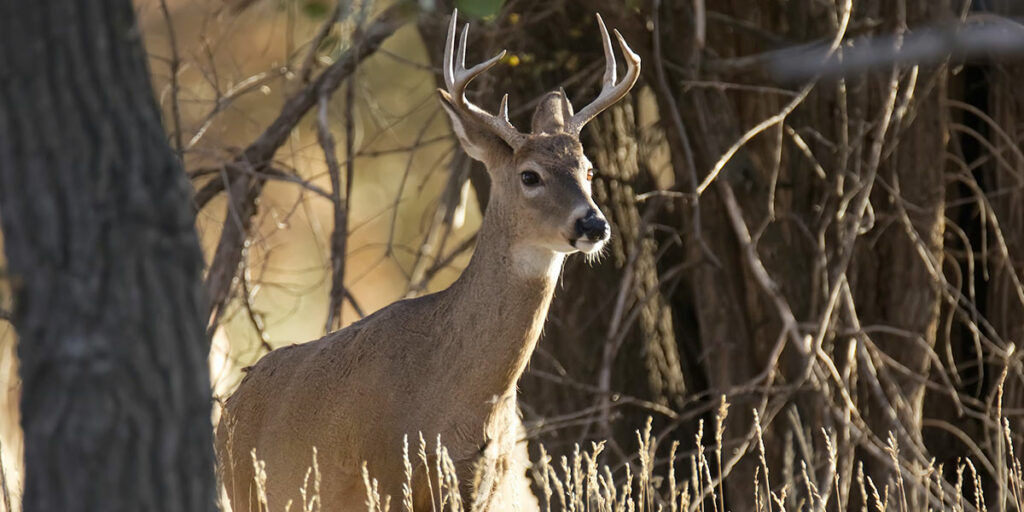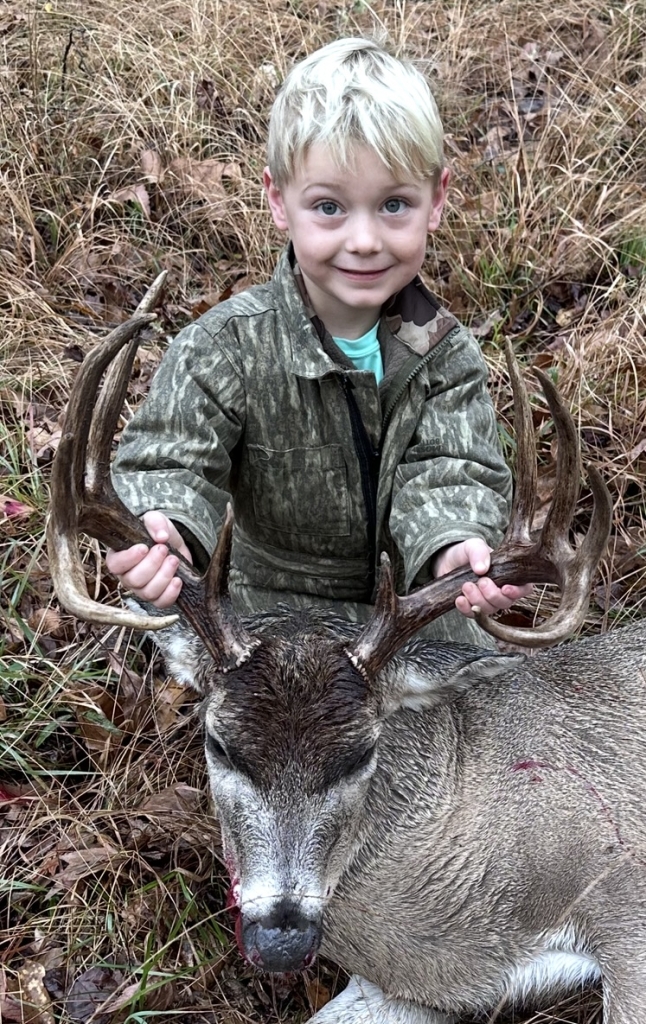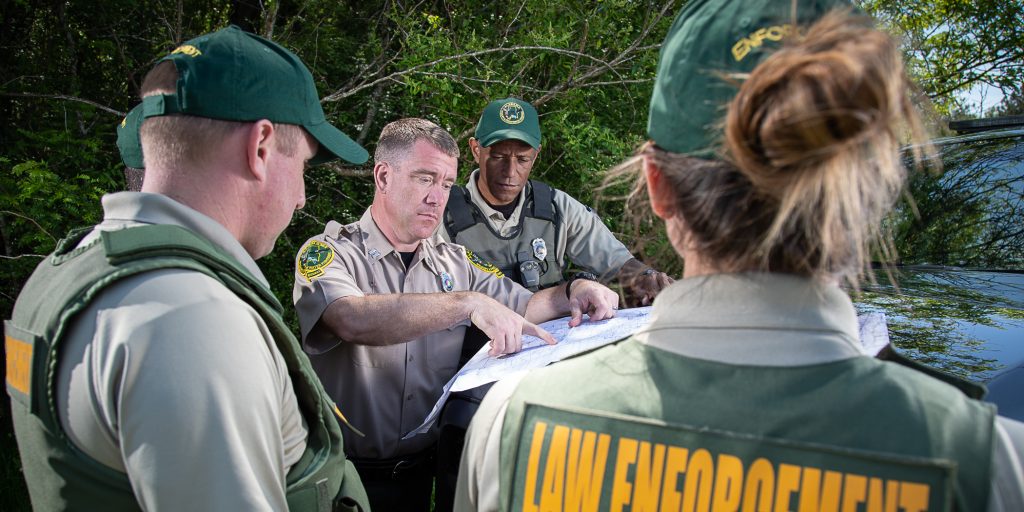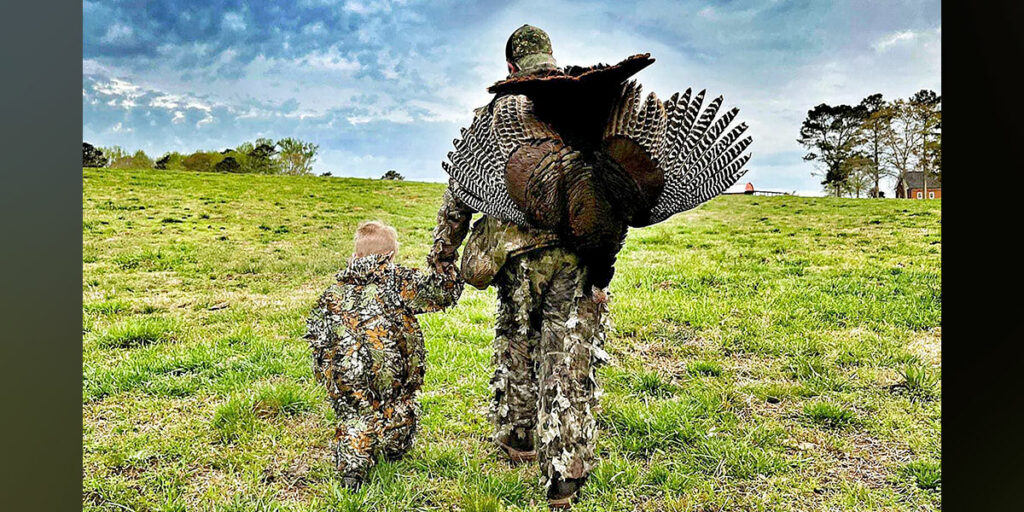The first Alabama Conservation Advisory Board meeting of 2020 resulted in a wealth of good news and one disappointing statistic.
The good news included a 35-day, state-managed red snapper season, a productive oyster season, an increase in the number of hunting licenses sold for the 2019-2020 season and a significant reduction in the number of dog deer hunting complaints.
The one disappointment was highlighted in a dramatic way by Alabama Wildlife and Freshwater Fisheries (WFF) Director Chuck Sykes, who started his presentation with a slide that announced the closing of turkey season based on the lack of compliance of Alabama turkey hunters with the mandatory Game Check reporting system.
Of course, Sykes’ slide was a facetious effort to get the attention of the Board and everyone in attendance at the Alabama Department of Agriculture and Industries building in Montgomery.
“We have advertised (Game Check) in newspapers, magazines, TV, radio, our (Hunting and Fishing) Digest,” Sykes said. “We have begged and pleaded for people to actually report their harvests. We’re kind of at the end of our rope. We don’t really know the next step to increase participation.”
With tongue-not-so-firmly-planted-in-cheek, Sykes began, “For 2020-2021, we’re just going to close turkey season in the hopes that people will understand how important Game Check is. We had less than 11,000 turkeys reported last year. I don’t believe anybody on this Board believes that was the number harvested.
“If our turkey numbers are actually that low, we’re in a mess. Now we don’t think they’re that low, but this is the hunter harvest information we have to go on. We’re just picking with this slide, but I wanted to get everybody’s attention.”
Sykes transitioned to deer hunting and the proposed changes to the deer season zones in northwest, northeast and southeast Alabama. Sykes said the early rutting activities that have been confirmed by wildlife biologists in Zone D (see map) and Zone E prompted the Division to change season dates to accommodate hunting during peak deer activity. The proposal before the Board has those two zones with the gun deer season opening on November 7, 2020, and ending January 27, 2021. The season dates in the other zones would be similar to last year’s.
“This is not additional time to hunt,” Sykes said. “The hunters in those areas have asked for the earlier slot because of the rut.”
Sykes was also thankful to report that Alabama still has no chronic wasting disease (CWD) infections reported. WFF conducted statewide CWD seminars last year to keep the public informed on the issues and also tested more than 1,500 deer for CWD.
Sykes had more good news regarding hunting licenses sold. More than 151,000 people purchased all-game hunting licenses for the 2019-2020 season, an increase of about 4,000 over the previous season.
WFF also sold more than 158,000 baiting privilege licenses, which did not surprise Sykes.
“But this isn’t the full story,” Sykes said. “Yes, we sold more licenses, and the bait privilege license brought in another couple of million dollars. Unfortunately, that’s where a lot of people let it go. This was the first year in the past four that we have not had to cut the budget for Wildlife and Freshwater Fisheries because of budget shortfalls. So, we’re not flush with cash because of the bait privilege license. We were just able to meet the budget.”
The license numbers also showed that more than 27,000 people purchased a bait privilege license but did not purchase a hunting license.
“Those are exempted hunters who are over 65 or under 16 or hunt on their own land,” Sykes said. “For the first time in Alabama, we can now count them as licensed hunters because of the bait privilege license. This should increase our federal apportionment.”
One area of concern expressed by Sykes was the failure of deer hunters to follow hunting safety guidelines. He cited the vast majority of hunting mishaps continue to be treestand accidents.
“The majority of hunters who fall out of treestands who are killed or injured have been hunting forever,” he said. “They haven’t taken a hunter education course because they are grandfathered in, and they get complacent. The majority of the firearms accidents are the same, and most are self-inflicted. The thing about treestand accidents is that about 95 percent of them are completely preventable. If they will just use a safety harness and safety line and be connected from the time your feet leave the ground until you’re back on the ground, 95 percent or better of our treestand accidents would be eliminated.”
Alabama Conservation Commissioner Chris Blankenship shared an experience that showed the importance of hunting in Alabama.
“I was in Sumter County during the Martin Luther King weekend and shot a deer on that Sunday afternoon,” Commissioner Blankenship said. “I went to take it to the processor in the middle of nowhere in Sumter County. They had people out on the road directing traffic so that people could get in to drop their deer off. They had one-ways signs in the yard. There must have been 20 people in line either dropping off a deer or picking up their deer meat. People were steadily coming in the whole time I was there. I took a couple of pictures just to show people who don’t understand what a value hunting and fishing are to our economy. I hope you (the audience) tell people how important hunting and fishing are in our state, not only to the economy but for the quality of life in Alabama.”
Alabama Marine Resources Division (MRD) Director Scott Bannon announced a 35-day red snapper season that will start May 22, the Friday of Memorial Day Weekend, earlier than the traditional starting date of June 1. The season will for the first time include a four-day weekend for snapper fishing, which will be Friday through Monday.
The regional management of red snapper for the five Gulf states was recently signed by the Secretary of Commerce, thanks to effective state management during the two years under an Exempted Fishing Permit (EFP) issued by NOAA.
One of the reasons that rule was approved is the reporting data derived from Alabama’s mandatory Red Snapper Reporting System, otherwise known as Snapper Check.
“Last year, we had the best reporting rate in the history of Snapper Check,” Bannon said. “That’s pretty good, but our goal is still 100 percent. But it did help us to manage the snapper season. Last year the weather got us on a couple of weekends and reduced the effort. We were able to add days on Labor Day Weekend and one weekend in October. That shows that the State of Alabama can be very responsible in managing that fishery. Alabama has three percent of the coastline, but we get 26.2 percent of the red snapper. That’s a pretty good deal.”
Depending on the catch rate monitored through Snapper Check, the red snapper season is anticipated to last for 35 days and is scheduled to close on Sunday, July 19, 2020. The season was set based on Alabama’s share of the federal quota, which was set at 1,122,622 pounds.
The season dates only apply to anglers fishing from recreational vessels and state-licensed Alabama commercial party boats that do not hold federal for-hire fishing permits. Anglers fishing from federally permitted for-hire vessels have a separate season that will be announced at a later date by NOAA Fisheries.
“We have added Mondays to our traditional weekend season in response to many requests from anglers who wanted more weekday access,” Commissioner Blankenship said. “I am also pleased that the season will begin with the Memorial Day holiday weekend. The passage of the Regional Management Amendment by the Gulf of Mexico Fisheries Management Council, Amendment 50, earlier this year gives Alabama the ability to manage the red snapper season for the maximum benefit and access for our anglers. I am looking forward to a great season.”
Bannon said the comeback of oyster production was significant news after five years of little harvest. He said MRD had set a goal of 7,000 sacks to be harvested, but harvesters located an area that had not been surveyed by MRD staff that contained legal-size oysters. The area allowed oystercatchers to take a total of 11,258 sacks, about 1 million pounds of product. That harvest was more than that of the last five years combined.
“We feel like we’re turning a corner,” Bannon said. “I’m optimistic that the next season will be even better.”
In Alabama State Parks news, Commissioner Blankenship said an online reservation system will be rolled out in April for some parks, with full implementation of the system by October 2020.
“I think this will make it a lot easier for people to camp or stay at the lodges and cabins at our state parks,” he said. “I’m also happy to report that over the next month or so we will have high-speed internet at all of our state parks. The Lodge at Gulf State Park, where we had our last Conservation Advisory Board meeting, has had a very productive year. All of the parks had a good financially. It has allowed us to put some of those profits back into the other parks to take care of some much-needed, long-term maintenance and capital improvements.”
Commissioner Blankenship also reminded Alabama citizens that it is imperative to participate in the federal Census, which will start in March.
“Some of the rural areas of our state have traditionally been undercounted,” he said. “If that happens this year, it may cost us one of our (U.S.) representatives in Congress as well as several million dollars that comes to the state through federal programs. Please take the Census seriously.”
David Rainer is an award-winning writer who has covered Alabama’s great outdoors for 25 years. The former outdoors editor at the Mobile Press-Register, he writes for Outdoor Alabama, the website of the Alabama Department of Conservation and Natural Resources.




